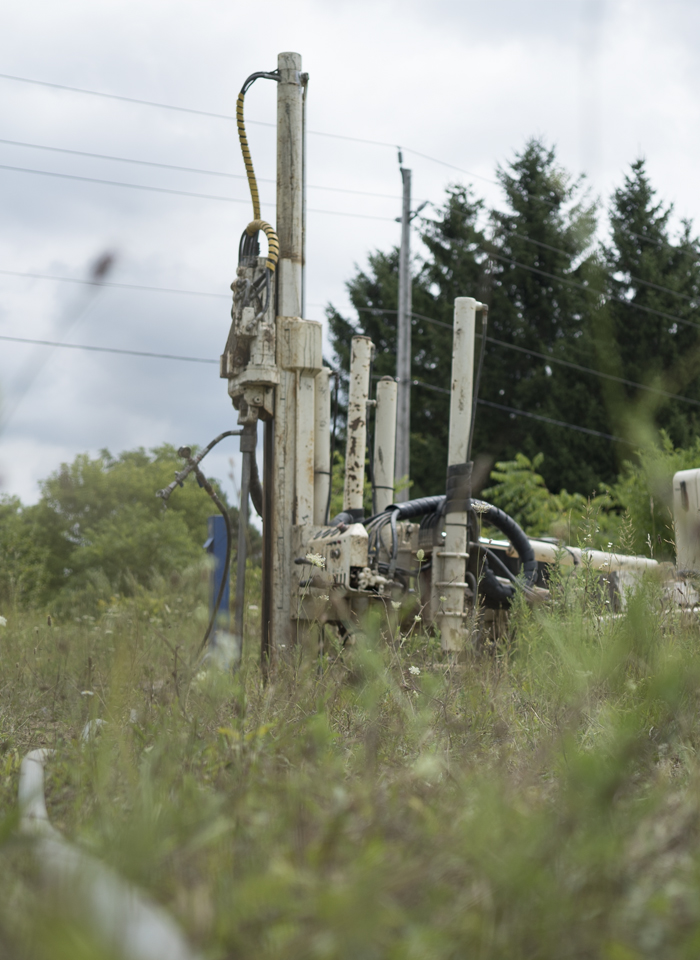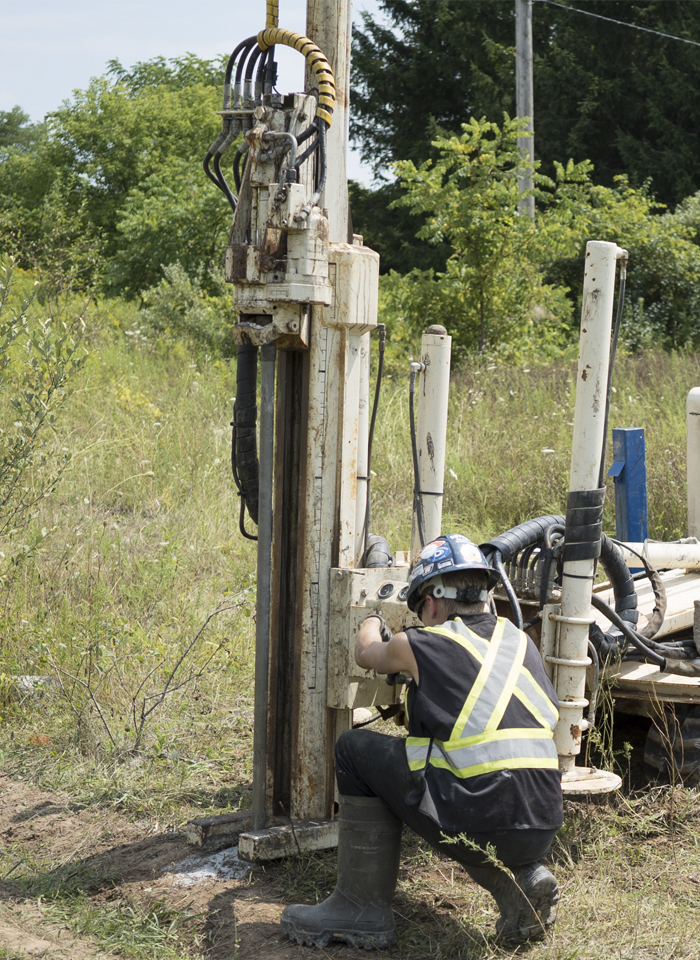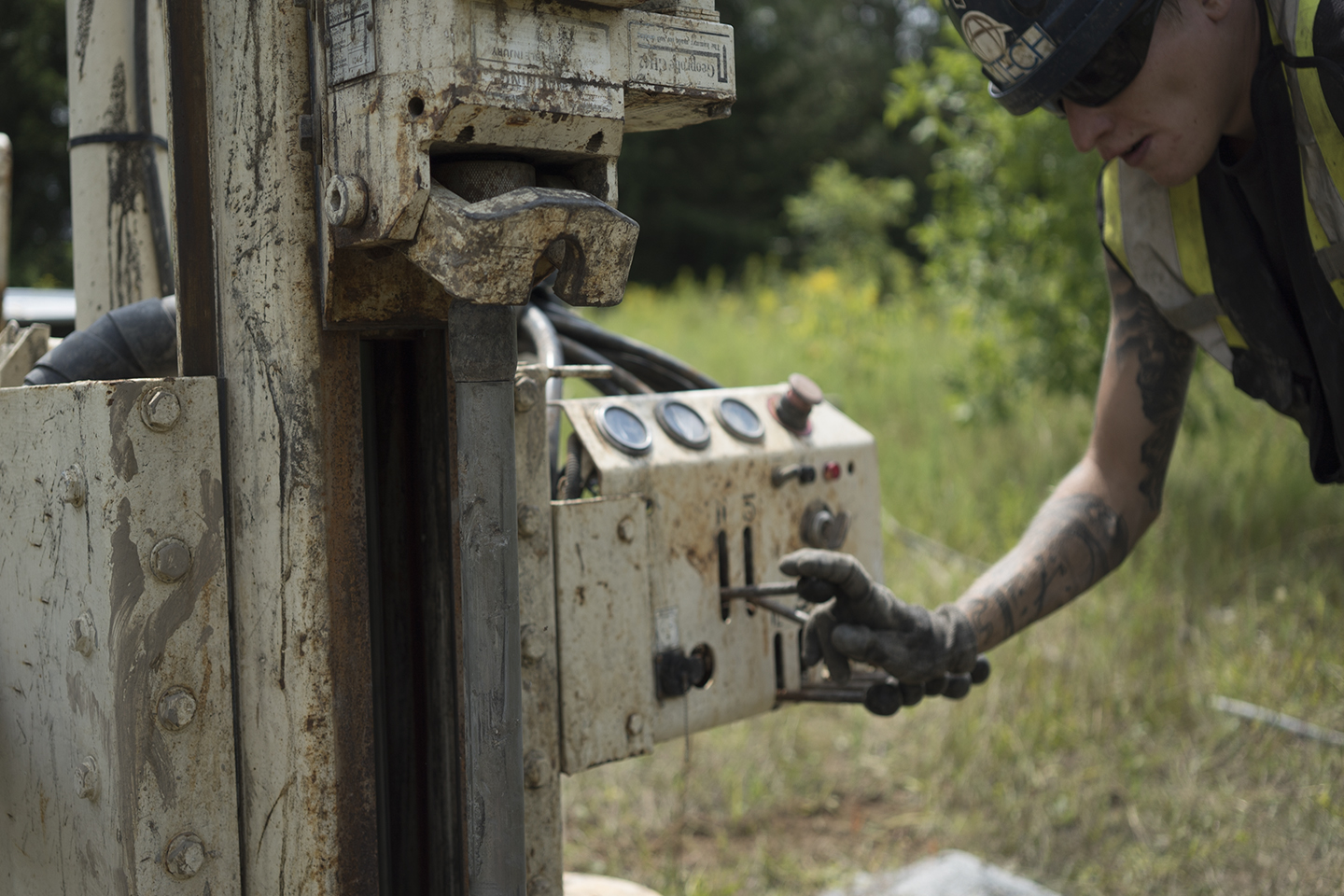Chemical Oxidation
Harnessing powerful oxidizing compounds to chemically reduce impacts in place!
Chemical oxidation involves the transfer of electrons from one compound to another. Oxidizing compounds (i.e. oxidants) accept electrons from reduced species such as organic carbon-based compounds. When designed correctly, and completed in the subsurface (i.e. in situ), this reaction results in the transformation of contaminants into harmless compounds. In this process, the oxidant chemically oxidizes (consumes electrons), which degrades the compounds of concern into less-toxic compounds and harmless by-products.


Important Considerations
1. Choosing the best oxidant for the contaminant and conditions requires experience and sound scientific knowledge.
2. The persistence of the oxidant in the subsurface affects the contact time for advective and diffusive transport.
3. The reaction rate in the subsurface must be stabilized in order to enhance transport distances and persistence.

Experience & Approach
IRSL teams have conducted the injection/placement of oxidants at over 250 sites. Our In-Situ Chemical Oxidation (ISCO) remedial programs harness powerful oxidizing compounds to chemically treat contaminated soil and groundwater in place.
In this process, the oxidant chemically oxidizes (consumes electrons), which degrades the compounds of concern into less-toxic compounds and harmless by-products.
Ready to get started?
Speak with our engineering team about how our environmental remediation services can help you in your remediation journey and take the next steps to building a better environment and a cleaner community with your project.
I'm ready to Start